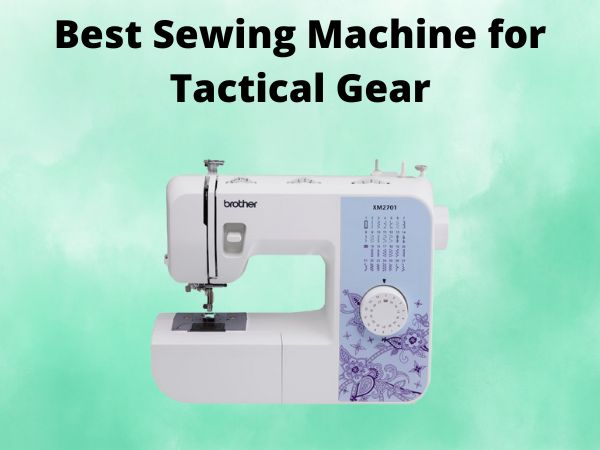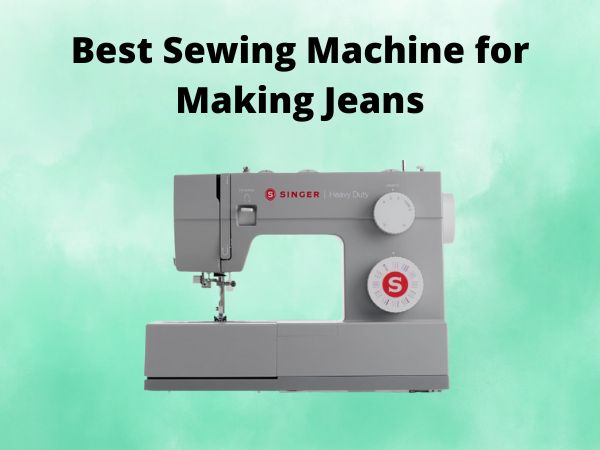How to Free Motion Quilt on a Sewing Machine [for Beginners]
Have you ever gazed at a beautifully quilted fabric and thought, “How do they do that?” Well, you’re not alone. Many sewing enthusiasts are captivated by the artistry of free motion quilting. It’s a bit like dancing on fabric with your sewing machine as your partner. If you’re ready to start this creative journey, let’s dive into the basics together.
Table of Contents
What is Free Motion Quilting?
Imagine painting a picture with thread—this is the essence of free motion quilting. Unlike traditional quilting, where straight lines reign supreme, free motion quilting allows you to stitch in any direction. This technique offers a playground of creativity, letting you craft designs that are as intricate or as simple as your heart desires.
Toolkit for Beginners
Just like a knight needs a sword, a quilter needs the right tools. Preparing your toolkit is the first step to success in free motion quilting.
Prepping Your Sewing Machine
Before you dive into quilting, preparing your sewing machine is essential. Think of it like tuning up a car before a road trip.
Adjusting the Machine
Start by lowering or covering the feed dogs on your machine. This allows the fabric to move freely under the needle. Attach the free motion quilting foot, and check your manual for specific adjustments.
Choosing the Right Fabric
Not all fabrics are created equal in the world of quilting. Cotton is often the fabric of choice due to its easy handling and durability. However, don’t shy away from experimenting once you’ve gotten the hang of things!
Thread Selection
The thread you choose can make or break your quilt. It’s the bridge between the fabric and your creativity.
Thread Characteristics
Opt for a high-quality thread to prevent breakage and fraying. Cotton thread is most common, but polyester is also a durable choice. Color-wise, a contrasting thread can add depth and interest to your design.
Quilting Designs and Templates
Quilting is like storytelling—you need a plan. While free motion offers no-limits creativity, starting with basic designs can help you gain confidence.
Simple Patterns
Consider starting with simple patterns like loops, swirls, or stippling. These are like the ABCs of free motion quilting—fundamental and endlessly useful.
Mastering the Basics
Your machine is set, your fabric is ready, and your heart is eager. But how do you actually start the dance?
Getting Started
Begin by placing a practice piece under your machine. Hold your fabric firmly but gently. Remember, you’re guiding it, not forcing it. Lower the presser foot, and you’re ready to begin quilting.
Positioning and Movement
Moving the fabric under the needle is akin to steering a ship through the seas—you need a steady hand and a clear course.
Control Your Pace
Find a comfortable speed on your machine. Faster speeds can help with smoother curves but offer less control. Start slow and steady before increasing the pace as you gain confidence.
Tension Adjustment Tips
Getting the thread tension right is like tuning an instrument. Incorrect tension can lead to loops and puckering, turning your masterpiece into a mess.
Testing and Tweaking
Test different tension settings on scrap fabric before starting your main project. Adjust and re-test until the stitch lines are even and smooth on both the top and the bottom of the fabric.
Common Challenges and Solutions
Every quilter faces challenges. Think of these bumps as stepping stones, not roadblocks.
Dealing with Skipped Stitches
If you encounter skipped stitches, it might be time to change your needle. A dull needle can lead to frustration. Additionally, ensure your fabric is not being pulled too tightly.
Practicing on Sample Pieces
Practice makes perfect, right? Sample pieces are invaluable for building your skills without the fear of ruining your main project.
Developing Muscle Memory
Regular practice helps develop the muscle memory needed for free motion quilting. Just like learning to ride a bike, the more you do it, the more natural it becomes.
Building Confidence
Confidence is built stitch by stitch. As you quilt more, your enjoyment and skill will soar, much like a bird learning to fly.
Celebrate Small Successes
Each successful stitch, even the small victories, is worth celebrating. They are the building blocks to your masterpiece.
Finishing Techniques
The final touches of your quilt are like the cherry on top of a sundae. Ensuring the edges are neat and the threads are secured gives your project a professional finish.
Binding the Quilt
After quilting, trimming and binding the edges neatly helps protect the quilt and provides a finished look that complements your designs.
Caring for Your Quilt
After all your hard work, caring for your quilt ensures it remains beautiful for years to come.
Handling and Storage
Store quilts in a cool, dry place, and wash them gently. Like all cherished items, the better you care for them, the longer they last.
Embracing Creativity
Quilting offers endless creative possibilities. With every quilt, you express a part of yourself—an artistic journey that evolves with each new thread.
Conclusion
Embarking on the journey of free motion quilting is incredibly rewarding. Although it may seem challenging at first, with practice and patience, you’ll soon glide through your fabric as naturally as breathing. Remember, every master quilter started just where you are today—curious and eager. So grab your needle, thread up your machine, and let your creativity run loose!
Frequently Asked Questions
What is the best speed to use when free motion quilting?
Start with a slow and steady speed to gain better control. As you become more comfortable, you can gradually increase the speed. Finding the speed that feels right to you is key.
Do I need a special sewing machine for free motion quilting?
While having a sewing machine with a drop feed feature is beneficial, most modern machines can handle free motion quilting with the appropriate foot attachment and setup.
Can I use embroidery thread for free motion quilting?
Yes, embroidery thread can be used if it’s of good quality. It provides a nice sheen to the quilting but be cautious of potential breakage due to its finer nature.
How often should I change my needle when quilting?
It’s advisable to change your needle after every project or approximately every 8 hours of sewing. A sharp needle ensures better stitch quality and reduces frustrations.
Why are my stitches uneven when quilting?
Uneven stitches can result from inconsistent fabric movement or incorrect tension settings. Practicing steady hand movements and adjusting your machine’s tension can help address the issue.



